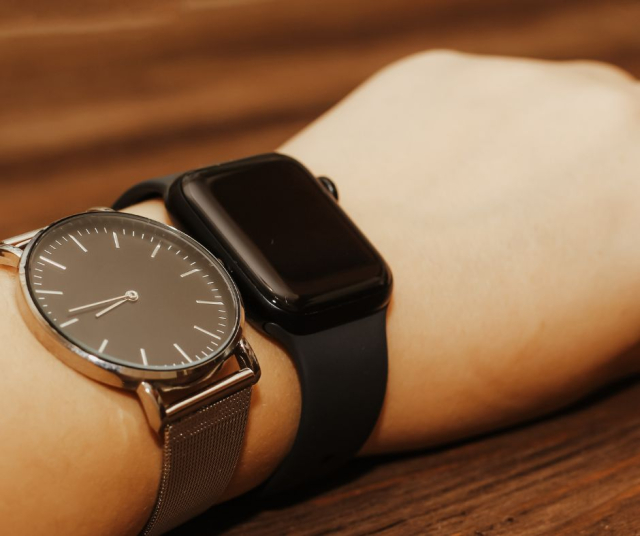Wearable technology has emerged as one of the most exciting and revolutionary trends of the digital age. From smartwatches to smart glasses to connected wearables, these devices are transforming the way we interact with technology in our daily lives.
What is Wearable Technology?
Wearable technology, as its name suggests, refers to electronic devices that can be worn on the body as accessories or clothing. These devices are designed to perform various functions, such as monitoring health, providing real-time information, improving productivity, and facilitating communication.
Wearables can take many forms, from simple fitness trackers to more sophisticated devices with augmented reality or virtual reality capabilities. Some common examples of wearable technology include:
Smartwatches: Smartwatches that offer features beyond simply displaying the time, such as message notifications, fitness tracking, and health monitoring.
Smart Glasses: Devices that are worn like normal glasses but have integrated screens to display digital information, images or videos.
Fitness Tracking Devices: These include bracelets and other devices that monitor physical activity, sleep, and other aspects of health and well-being.
Smart Clothing: Clothing with built-in technology that can perform various functions, such as monitoring posture, regulating body temperature, or even charging electronic devices.
Evolution of Wearable Technology
While wearable technology may seem like a recent innovation, its roots go back decades. Some of the first devices that could be considered precursors to wearable technology include hearing aids and early physical activity tracking devices such as pedometers.
However, it was in the last two decades that wearable technology experienced a real boom. The launch of Apple's iPod in 2001 ushered in the era of wearable entertainment devices, followed shortly after by the launch of the first Fitbit in 2009, which helped popularize fitness tracking devices.
Since then, we've seen rapid advancement in wearable technology, with the introduction of smartwatches, smart glasses, connected clothing, and a wide variety of other devices. These advances have been made possible by the miniaturization of electronic components, advances in battery life, and the development of increasingly sophisticated sensors.
Wearable Technology Applications
Wearable technology has a wide range of applications in various fields, from health and fitness to entertainment and productivity. Below are some of the most notable applications of wearable devices:
Health & Wellness
Fitness tracking devices and health-related wearables have been one of the fastest growing areas in wearable technology. These devices can monitor heart rate, sleep quality, activity levels, and other health indicators, allowing users to track their well-being and take steps to improve their health. Additionally, wearable technology is also increasingly being used in the medical field to monitor patients with chronic conditions, such as diabetes or hypertension, and to provide real-time information to healthcare professionals.
Entertainment and Entertainment
Smartwatches, smart glasses and other wearable devices are also transforming the way we consume entertainment. From accessing music and podcasts to watching videos and playing games, these devices offer a convenient and portable entertainment experience. Additionally, virtual reality (VR) and augmented reality (AR) are taking the entertainment experience to a whole new level. With devices like the Oculus Rift VR headset and Microsoft HoloLens AR headset, users can immerse themselves in virtual worlds or overlay digital information on the real world.
Productivity and Communication
Wearable devices are also being used to improve productivity and facilitate communication in professional environments. Smartwatches, for example, can sync with email, calendar, and other business applications, allowing users to access important information anytime, anywhere. Wearable devices are also being used in specific work environments, such as manufacturing and logistics, to provide workers with real-time information and improve operational efficiency.
Wearable technology is having a significant impact on society, both individually and collectively. At the individual level, these devices are empowering people to take greater control of their health and well-being, while improving their everyday comfort and convenience.
Collectively, wearable technology is driving innovation across a wide range of industries, from healthcare and fitness to entertainment and manufacturing. In addition, it is creating new economic opportunities for the companies that develop and market these devices, as well as for the software and application developers who create content and services for them.
However, wearable technology also poses significant challenges, including data privacy and security. As these devices collect more and more information about us, it is essential to ensure that they are used ethically and that our personal data is adequately protected.
As wearable technology continues to evolve, we are likely to see greater integration of these devices into our daily lives. Advances in areas such as artificial intelligence, cloud computing and nanotechnology are expected to drive new innovations in the design and functionality of wearables.
For example, we could see devices that are even smaller, lighter and more discreet, making them even more comfortable to carry and use. We could also see advances in areas such as emotion detection and voice recognition, allowing wearable devices to adapt even more to our individual needs and preferences.
